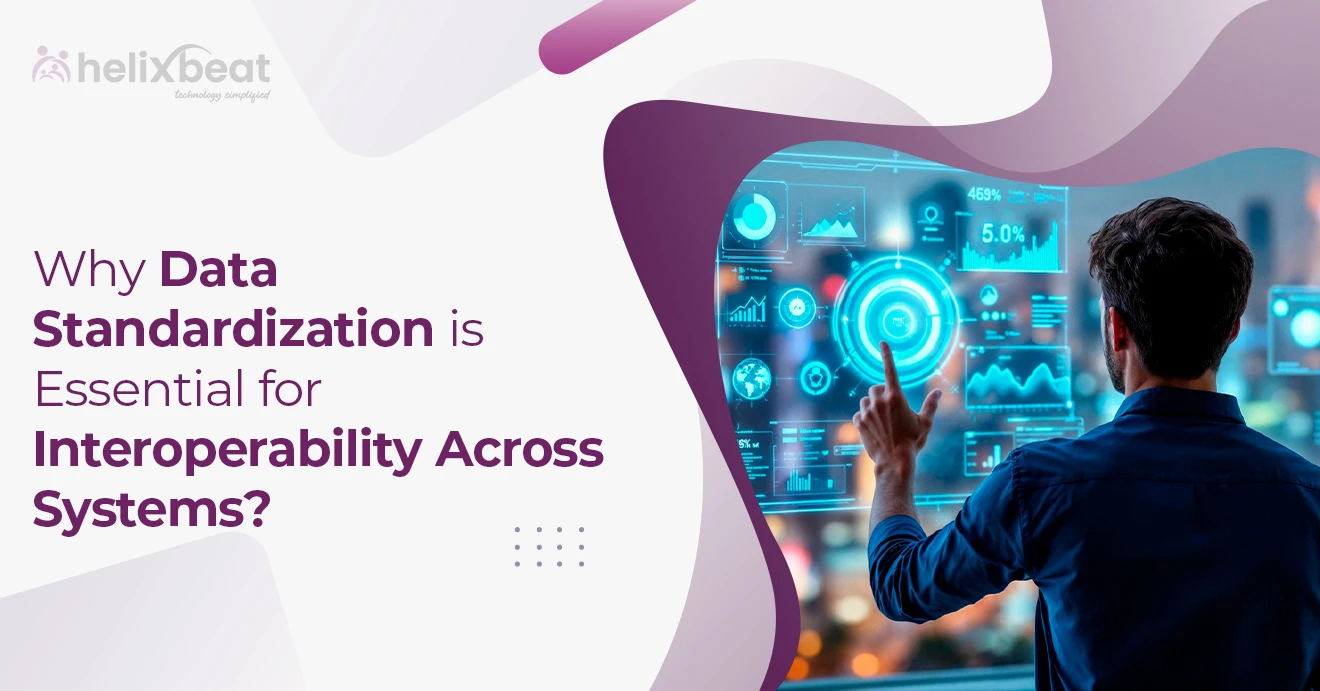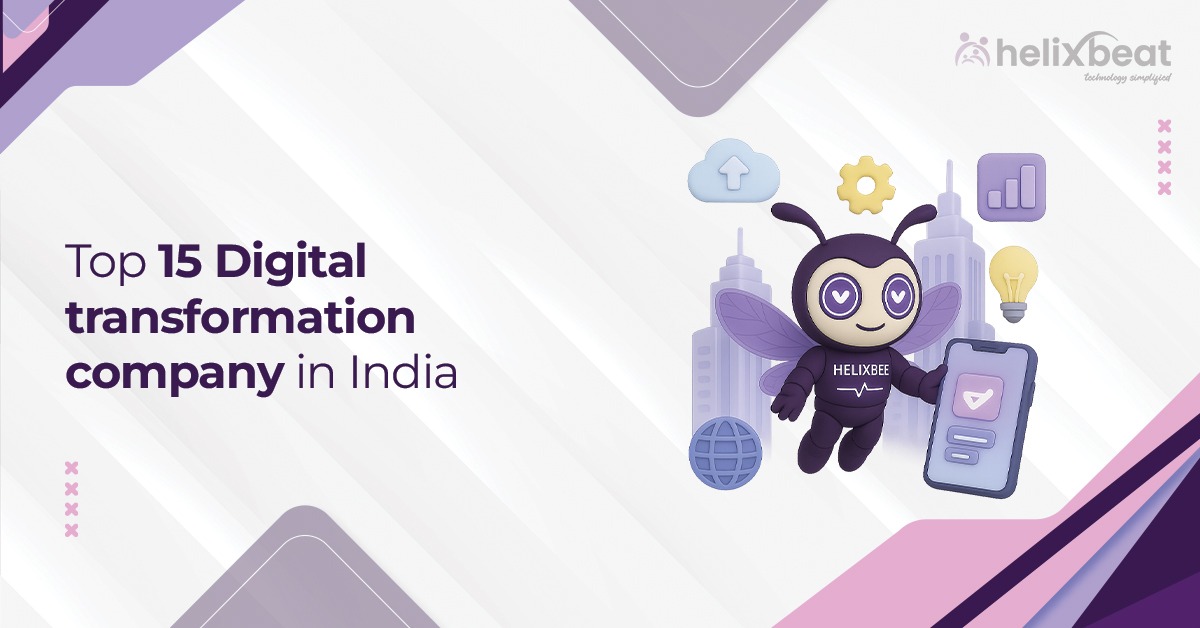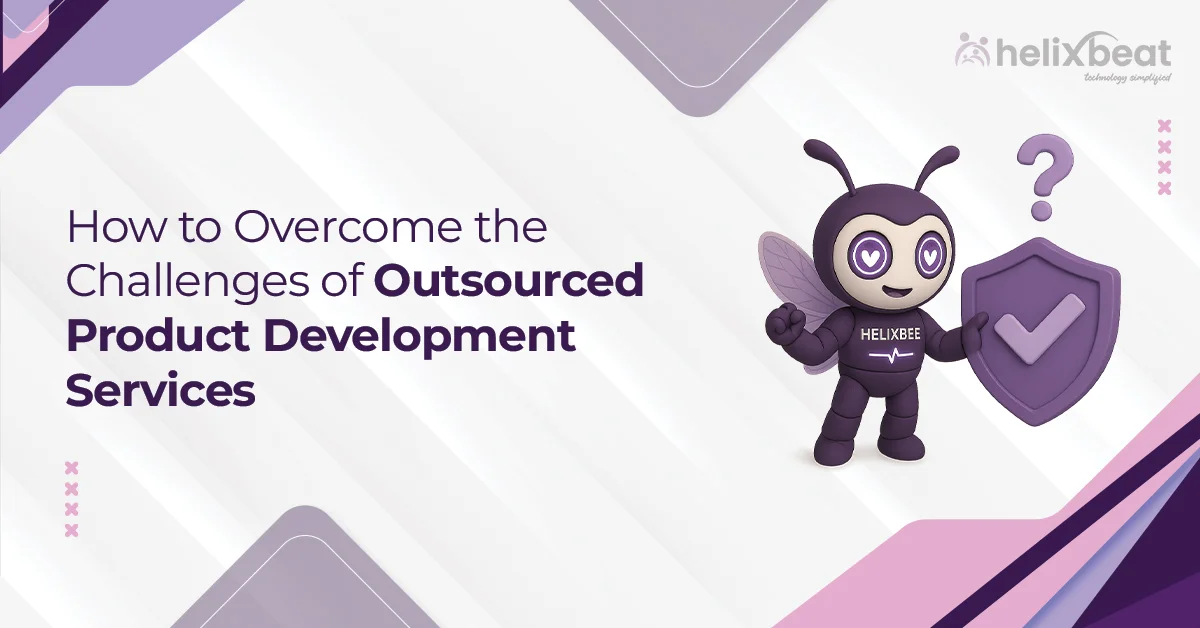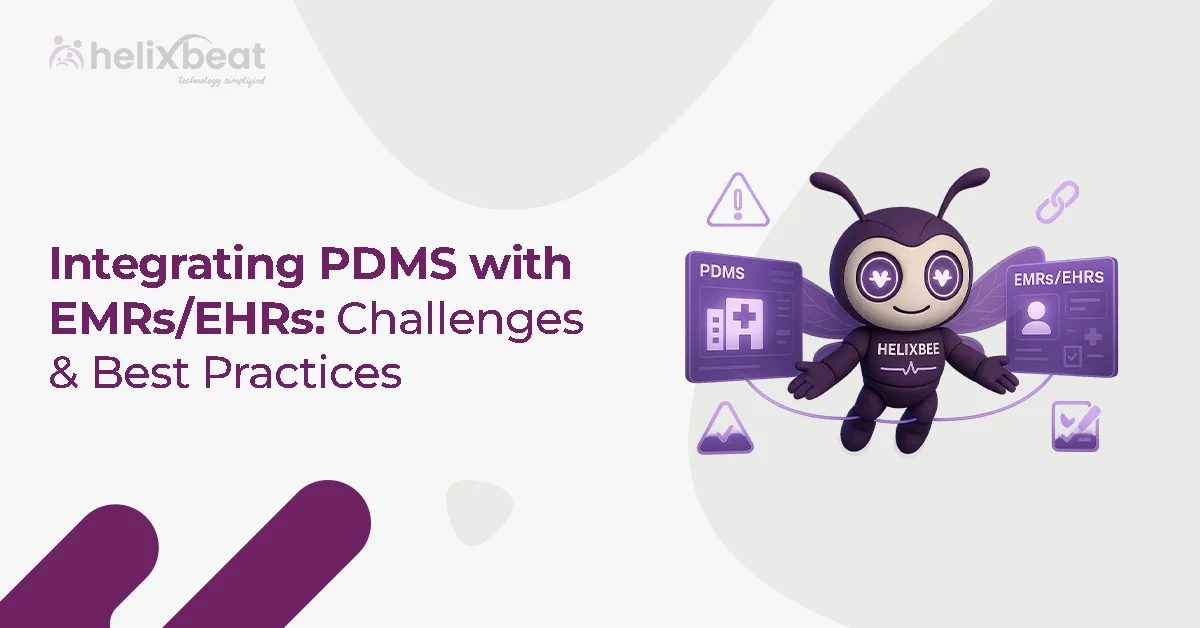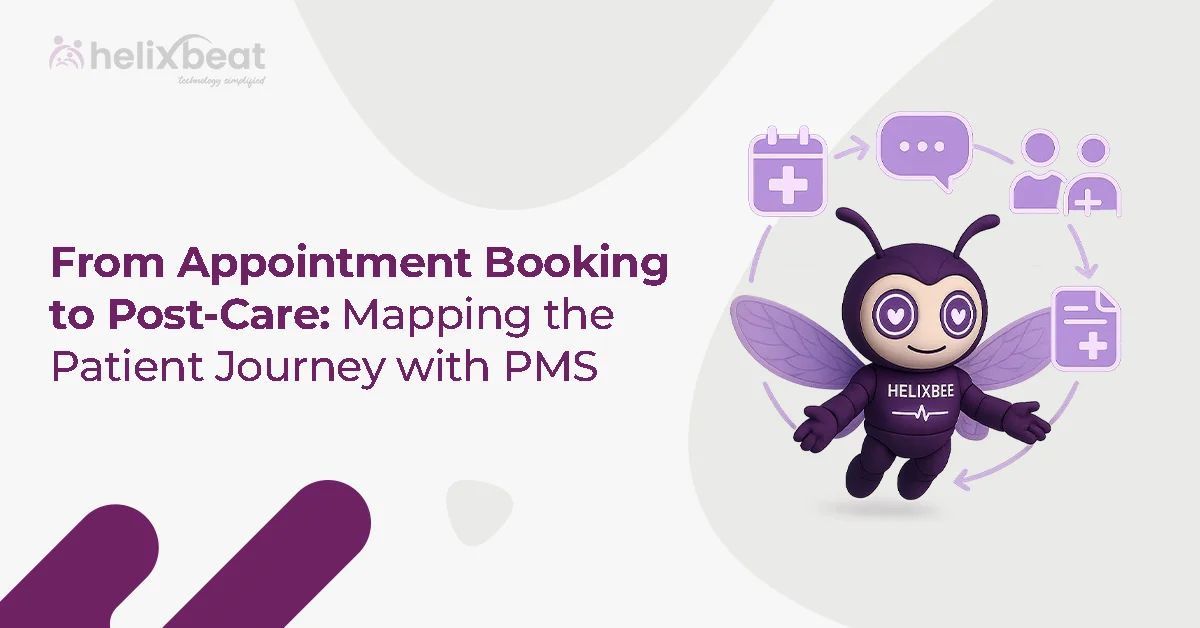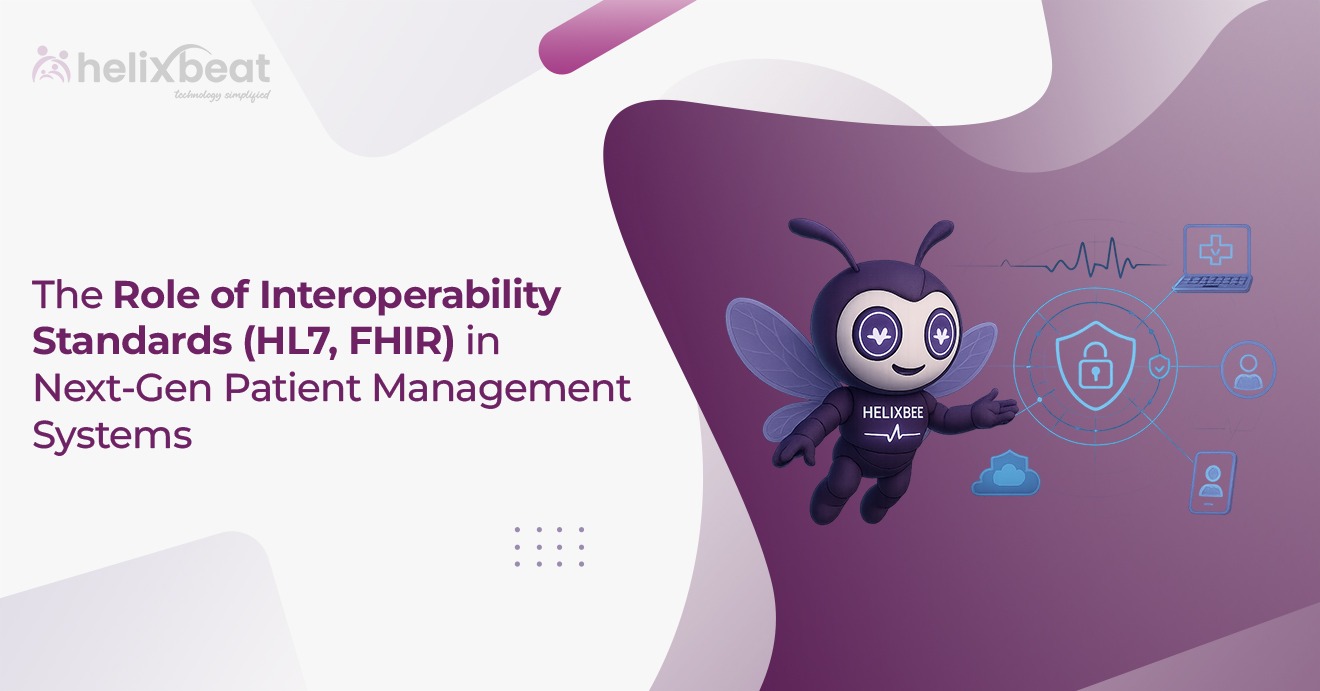Imagine you’re at a hospital, trying to explain your medical history to a new doctor. You’ve already shared these details countless times, but somehow, the information never seems to travel with you. Each visit feels like starting over, repeating the same story, filling out the same forms, and hoping nothing gets lost in translation.
Now imagine a different scenario—where your medical records, test results, and treatment history are instantly accessible to any healthcare provider you visit, no matter where you are. It’s not just convenient; it’s life-saving. But interoperability doesn’t happen by magic. It requires a backbone of data standardization, a process that allows systems to speak the same language.
In this blog, we’ll explore how data standardization transforms how healthcare systems communicate, the challenges it addresses, and why it’s the key to building a truly connected healthcare ecosystem.
Table of Contents
What is Data Standardization in Healthcare
Data standardization refers to the process of structuring data into a consistent format, thus facilitating accurate interpretation and exchange across different systems. In healthcare, it involves adopting widely recognized frameworks and protocols like HL7 (Health Level Seven) and FHIR (Fast Healthcare Interoperability Resources). These standards provide a common language that allows disparate systems—from electronic health records (EHRs) to lab information systems—to communicate effectively.
For example, imagine one hospital documents blood glucose levels in milligrams per deciliter (mg/dL), while another uses millimoles per liter (mmol/L). Without a standardized approach, integrating such data could lead to errors in patient care. Data standardization mitigates such risks by harmonizing these units, formats, and terminologies.
The Interoperability Imperative
Interoperability isn’t just a technical goal; it is a patient-centered necessity. When healthcare providers have access to complete and accurate patient data, they can make informed decisions, avoid unnecessary tests, and provide better care.
However, interoperability is easier said than done. Healthcare data is often scattered across various systems, including:
- EHR platforms
- Imaging systems
- Laboratory databases
- Pharmacy records
Each system may use different data structures, which makes integration challenging and prone to errors. However, data standardization bridges these gaps by creating a unified framework for data exchange.
How Data Standardization Drives Interoperability
1. Streamlining Communication Between Systems
Healthcare systems often operate in silos, which leads to fragmented data. Standardized data helps these systems to “talk” to each other seamlessly. For example, AERIS facilitates real-time data exchange in different formats, including HL7, FHIR, Flat Structure, Nested Structure, and more. As a result, providers using AERIS can instantly share a patient’s lab results in their EHR.
2. Reducing Medical Errors
Errors in healthcare data can have devastating consequences. Misinterpreted lab results, incorrect medication doses, or duplicated tests can harm patients. However, standardization minimizes these risks by making sure that all systems interpret data consistently, thus reducing the likelihood of miscommunication.
3. Facilitating Population Health Management
Standardized data is a cornerstone of population health initiatives. By aggregating and analyzing data from multiple sources, healthcare organizations can identify trends, predict disease outbreaks, and allocate resources efficiently. Without standardized data, such insights would be difficult—if not impossible—to obtain.
4. Enabling Data Sharing Across Regions
In an increasingly globalized world, patients often seek care across regions. Standardized data formats make it easier for healthcare providers in different regions to access and interpret patient information. International standards like HL7 and FHIR also play a vital role in facilitating cross-border healthcare collaboration.
5. Supporting Regulatory Compliance
Regulatory frameworks like the Health Insurance Portability and Accountability Act (HIPAA) in the U.S. mandate secure and accurate data exchange. Standardized data simplifies compliance by providing a structured approach to data management and reduces the risk of violations.
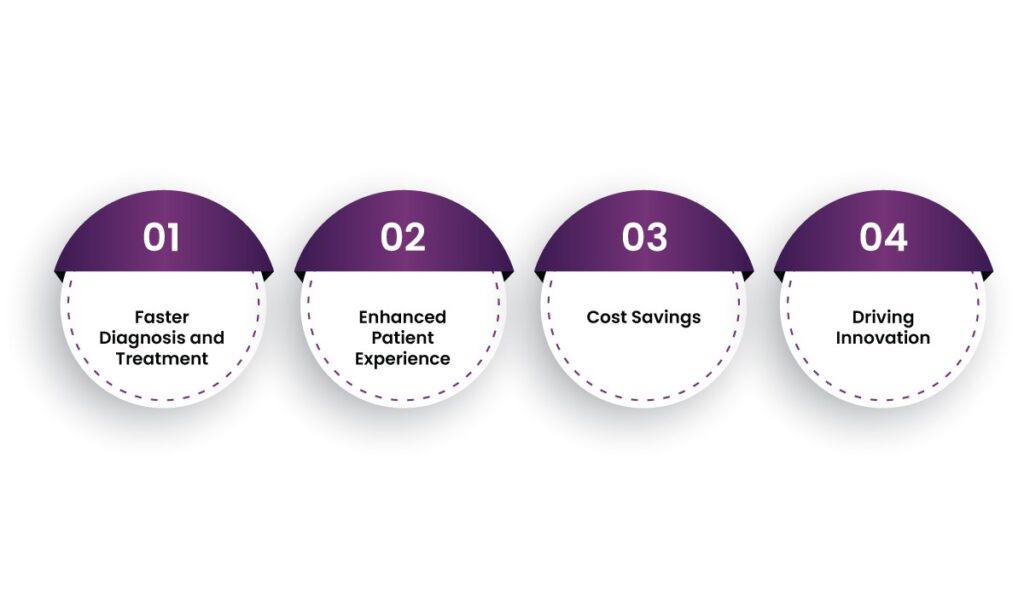
Challenges Addressed by AERIS
1. Inconsistent Terminologies
Different organizations may use varying terminologies for the same concepts. For example, one provider might record “myocardial infarction” while another uses “heart attack.” AERIS, through standardization frameworks like FHIR, creates uniformity in terminology.
2. Legacy Systems
Many healthcare institutions rely on outdated systems that lack compatibility with modern technologies. AERIS provides a pathway for integrating legacy systems into contemporary workflows and helps avoid costly overhauls.
3. Data Quality Issues
Incomplete, redundant, or inaccurate data undermines decision-making. AERIS enhances data quality by enforcing consistent formats, validation rules, and checks.
Real-World Benefits of Data Standardization
1. Faster Diagnosis and Treatment
Quick access to real-life patient data can differentiate between life and death in emergencies. Standardized data allows healthcare providers to retrieve critical information instantly.
2. Enhanced Patient Experience
When systems communicate effectively, patients no longer need to undergo repeated tests or provide the same information multiple times. This not only saves time but also improves overall satisfaction.
3. Cost Savings
By eliminating redundancies and streamlining workflows, standardized data reduces administrative burdens and operational costs. For example, integrating billing and clinical systems through standardization can lead to more accurate claims processing.
4. Driving Innovation
Standardized data promotes the development of advanced tools like predictive analytics, machine learning algorithms, and personalized medicine. As a result, researchers can use harmonized datasets to uncover new insights and drive medical breakthroughs.

The Future of Data Standardization in Healthcare
The push toward data standardization is gaining momentum, driven by technological advancements and evolving regulatory requirements. Key trends shaping the future include:
1. Artificial Intelligence (AI) and Machine Learning
Standardized data provides clean, structured inputs that AI systems require to generate actionable insights. Whether predicting patient outcomes or optimizing hospital operations, AI in healthcare relies heavily on accurate and consistent data.
2. DLT for Secure Data Exchange
Distributed Ledger Technology (DLT) technology offers a decentralized and secure way to share standardized data, thus enhancing both interoperability and data integrity.
3. Patient-Centered Care
As healthcare becomes more patient-focused, standardized data will empower individuals to access and control their health information.
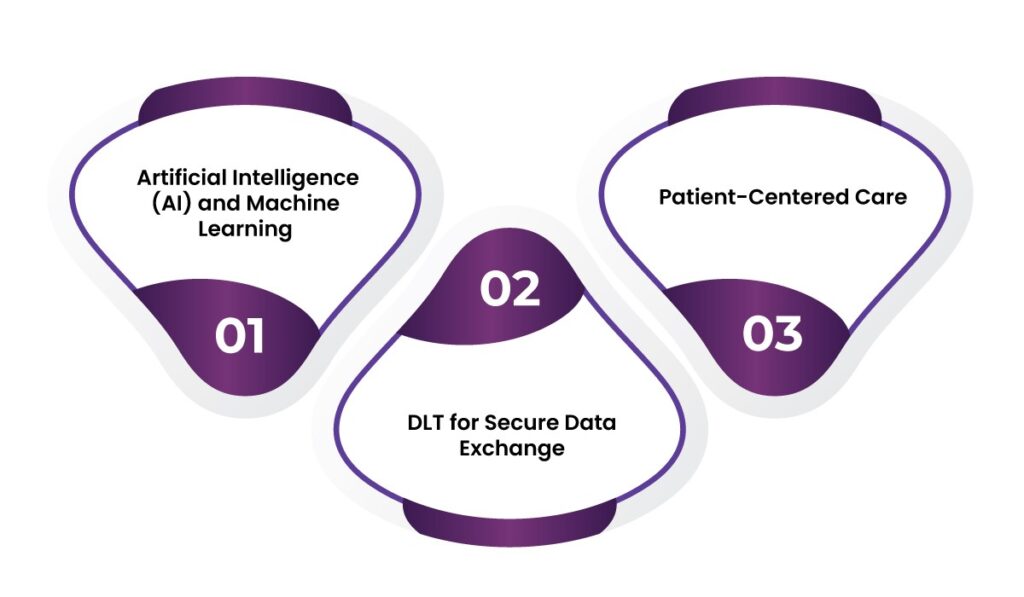
Final Words
Data standardization is the backbone of interoperability in healthcare. By creating a common language for data exchange, it enables seamless communication between systems, enhances helixbeats patient safety, and drives innovation.
With advanced FHIR-based data standardization and compliance with global standards like HL7, AERIS simplifies interoperability challenges, so healthcare providers can focus on what matters most—delivering exceptional patient care. Explore how AERIS can transform your data exchange processes and pave the way for a more connected healthcare system. Contact us today and get a free consultation!
FAQs
1. What is data standardization in healthcare?
Data standardization is the process of organizing healthcare data into consistent formats, frameworks, and protocols, thus facilitating different systems to interpret and exchange information effectively.
2. Why is interoperability important in healthcare systems?
Interoperability allows healthcare providers to access accurate, up-to-date patient data across systems, enabling better decision-making, reducing redundancies, and improving patient outcomes.
3. What challenges does data standardization address in healthcare?
Data standardization addresses challenges such as inconsistent terminologies, integration of legacy systems, data quality issues, and fragmented data silos that hinder seamless communication.
4. What are some key benefits of data standardization in healthcare?
Data standardization facilitates faster diagnoses, reduces medical errors, supports population health management, promotes cost savings, and drives innovation in healthcare technologies.
5. How does AERIS contribute to data standardization and interoperability?
AERIS provides FHIR-based solutions, integrates legacy systems, harmonizes terminologies, and improves data quality, enabling seamless communication across diverse healthcare platforms.
6. What are the future trends in data standardization for healthcare?
Emerging trends include the integration of AI and machine learning, the use of Distributed Ledger Technology (DLT) for secure data sharing, and patient-centered care models emphasizing data access and control.



